Marketing blogs
A collection of our most recent articles on

Top 10 Best CRM Software solutions
By Jonathan Milne — October 3, 2018

The top 10 most valuable metrics for marketing managers
By Danielle Poleski — May 16, 2017

Best Web Analytics Tools List
By Jonathan Milne — October 10, 2018

Using the Multi-Channel Funnel Reporting API to retrieve data for your dashboard
By Jonathan Taylor — January 30, 2014

Artrepreneur optimizes marketing campaign conversions with Klipfolio
By Mitch Dupuis — January 21, 2020

On inbound and dashboards: How content marketing agencies select irrelevancy
By Cameron Conaway — July 22, 2017

3 Reasons Why Marketers Need a Lightweight BI Tool
By Emily Hayward — August 31, 2021

Boost these top 3 SaaS KPIs with marketing automation
By Phil Gamache — June 27, 2017

7 SEO factors to consider before choosing a content management system
By Adam Landry — June 16, 2017

Make your company’s data the source of your next blog post
By Mark Brownlee — January 16, 2019

Resistance is fertile: On slow content for anxious startups
By Mark Brownlee — July 23, 2017

Why every digital marketer needs to learn how to deploy marketing technology
By Jonathan Taylor — March 1, 2017

Events and Marketing: 5 Key Metrics to Gauge Success
By Maggie Greene — February 27, 2020
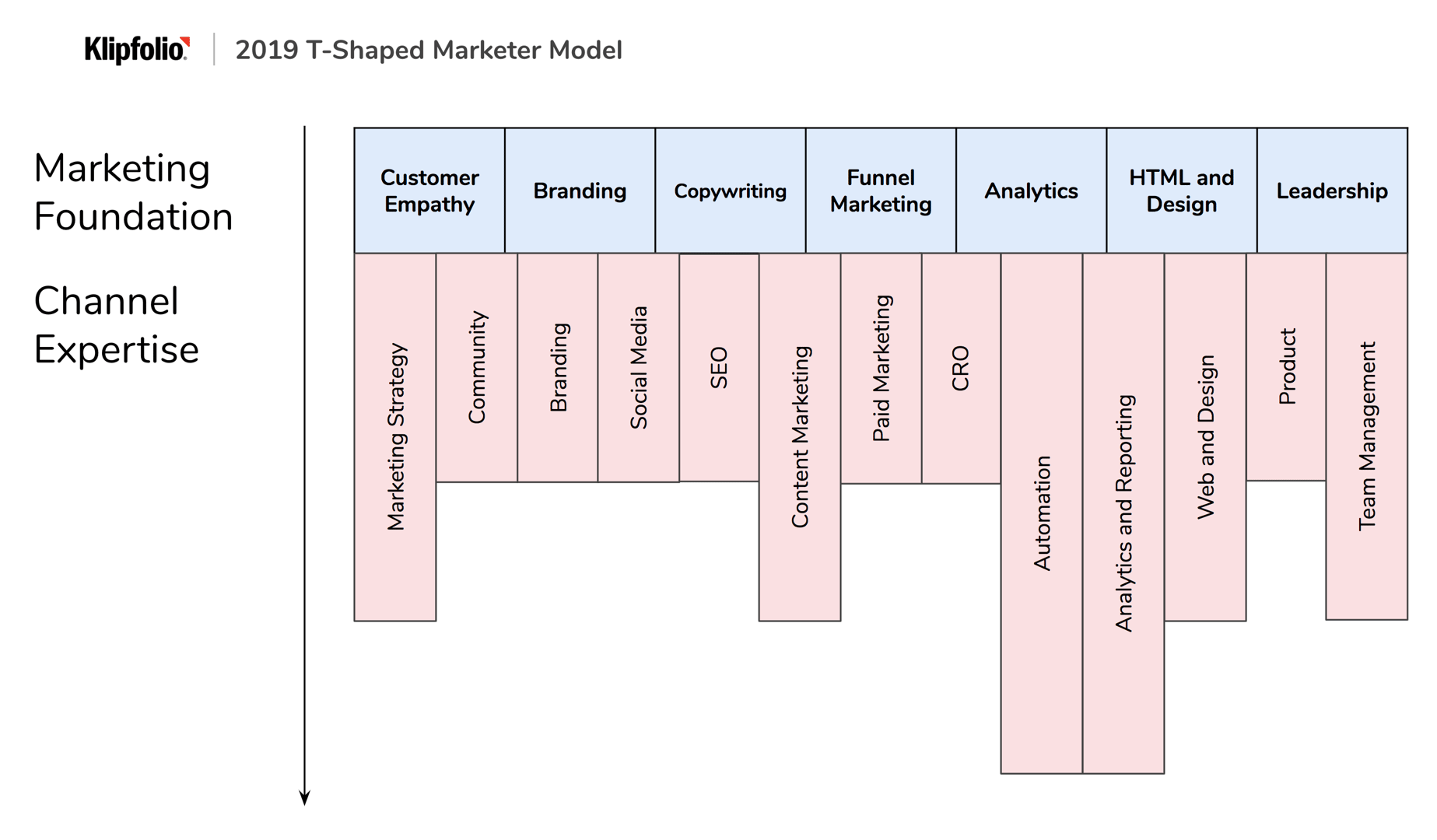
Discover your Digital Marketing Specialization: The T-Shaped Marketer model
By Phil Gamache — May 3, 2019
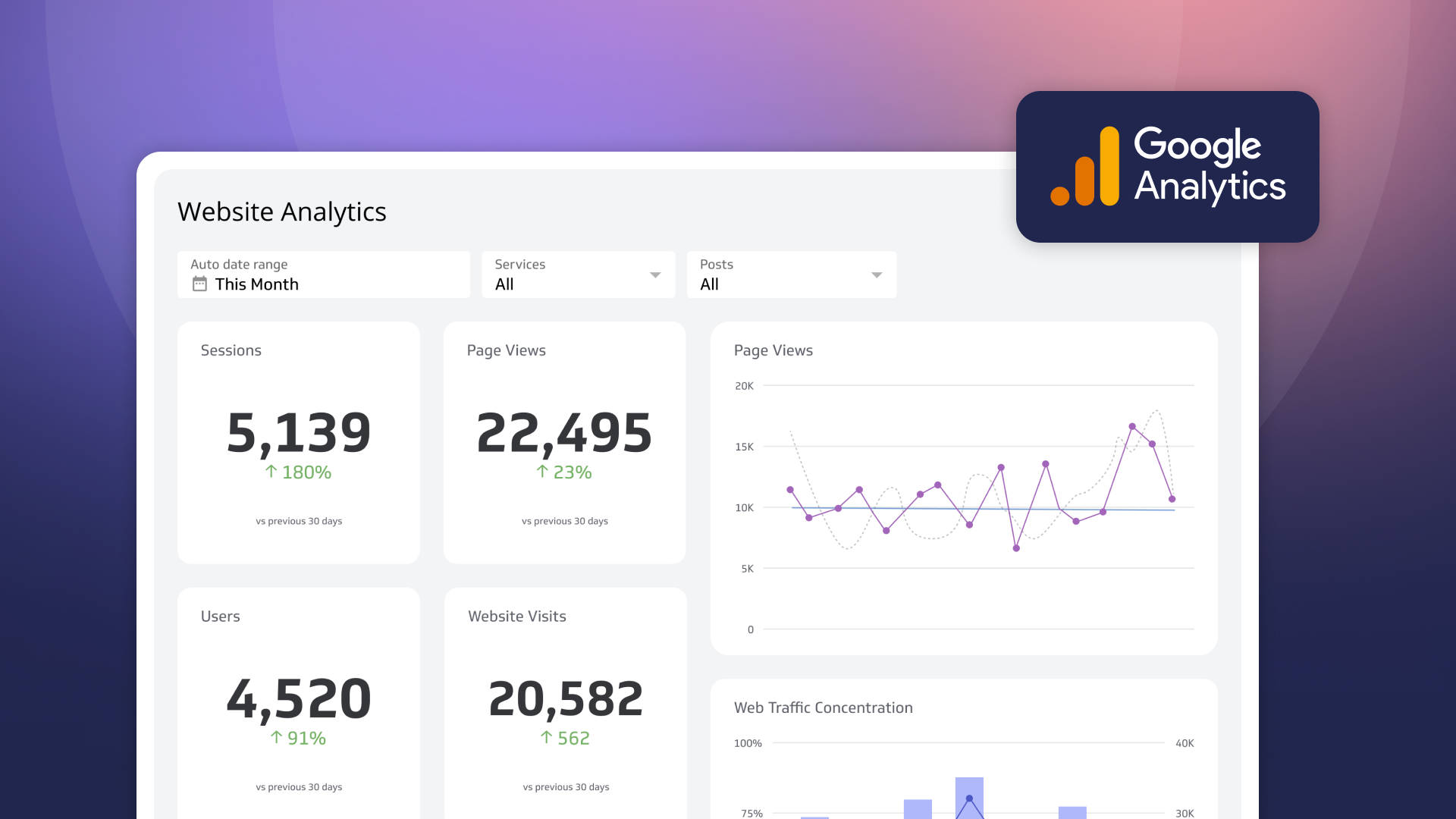
How to use the Google Analytics 4 Query Explorer to export data
By Jonathan Taylor — June 1, 2023

The Ultimate Guide for Marketing Your Brand on TikTok
By Emily Hayward — January 11, 2022

Using UpContent to enhance your content marketing dashboard
By Nikta Kanuka — August 16, 2016

A guide to using psychographic data in your marketing strategy
By Emil Kristensen — December 18, 2019

How to quickly build a HubSpot lead funnel for Marketers
By Mitch Dupuis — March 20, 2020

3 Reasons Why Your Google Ads Don't Work (And How To Fix It)
By Emil Kristensen — March 24, 2020

What is Product-Led Growth?
By Emily Hayward — October 14, 2021

Top metrics to monitor for digital ad campaigns
By Erik van Dorp — March 5, 2020

Picking an MQL model for your HubSpot instance
By Jonathan Taylor — January 5, 2022
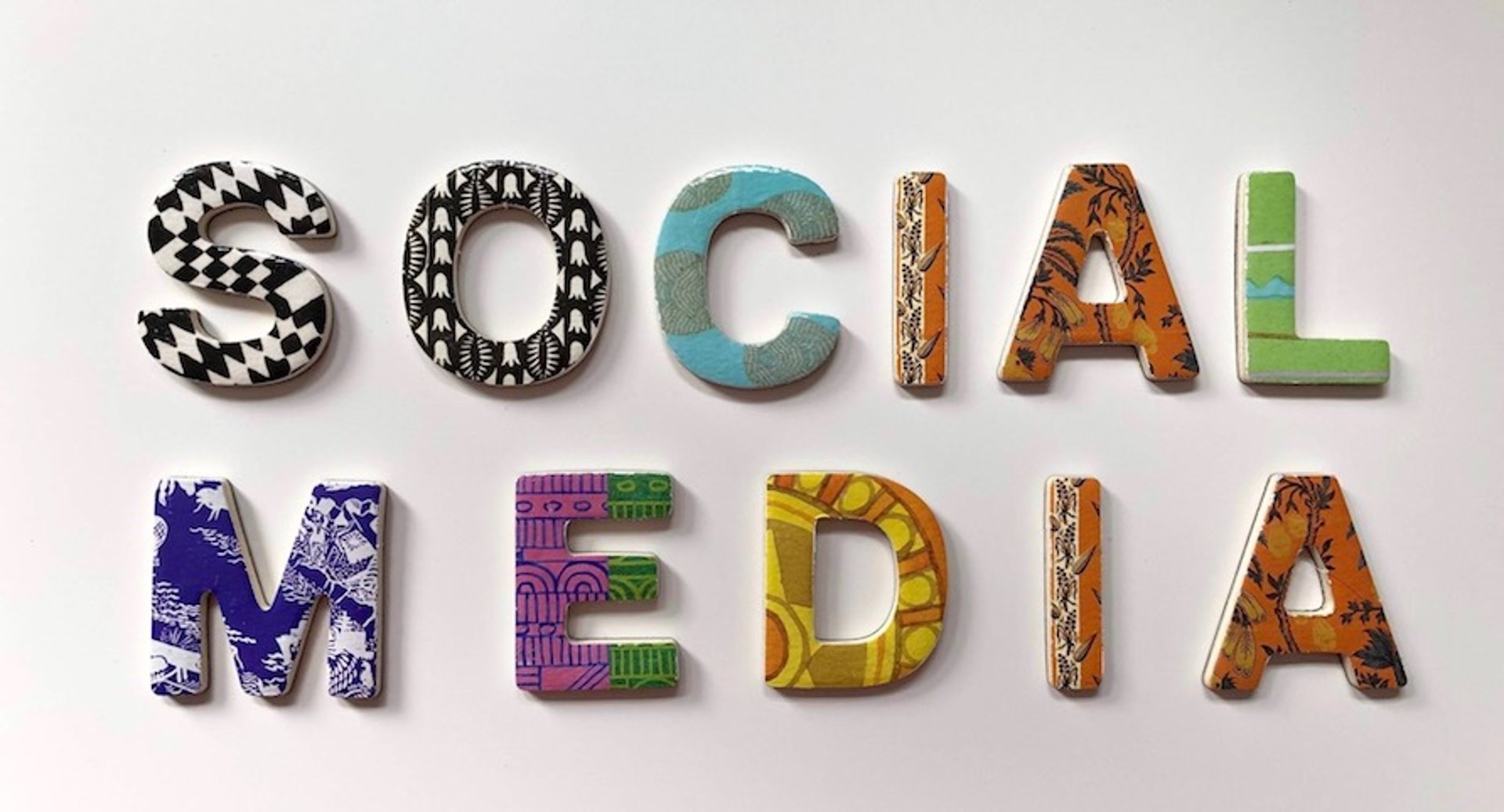
10 Effective Tips to Increase Social Media Engagement
By Jonathan Milne — September 5, 2019

How to use lifecycle stages and lead status in HubSpot
By Jonathan Taylor — January 20, 2022

5 Google Ads metrics to measure advertising performance
By Emily Hayward — February 2, 2022
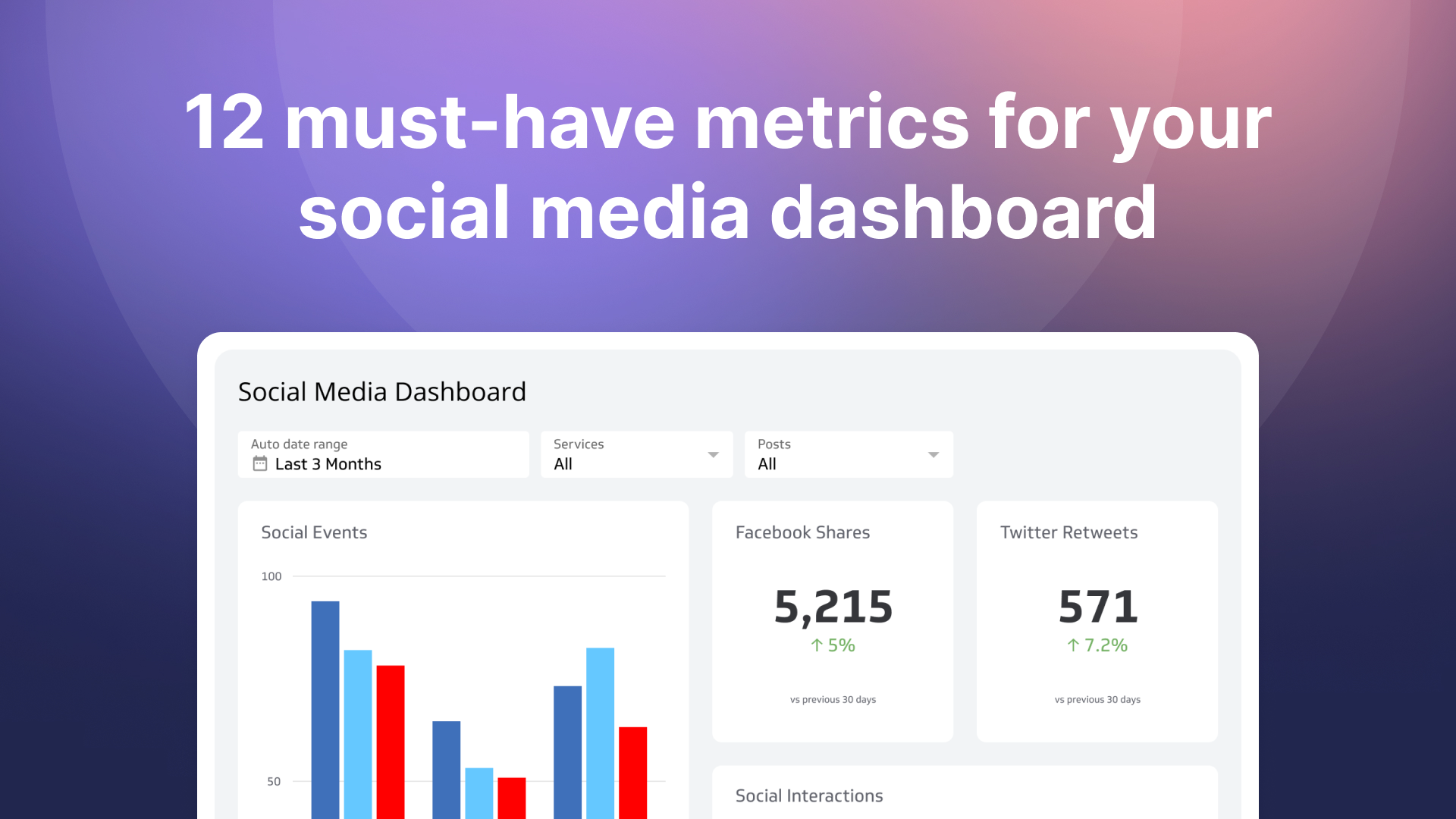
12 must-have metrics for your social media dashboard
By Jonathan Taylor — November 2, 2015

How to Build a Content Marketing Dashboard
By Emily Hayward — February 16, 2022

8 must-have metrics for your first digital marketing dashboard
By Emily Hayward — February 23, 2022

4 Lessons Jobber Learned While Growing Their Marketing Team
By Moly Milosovic — September 20, 2017

What are HubSpot lifecycle stages?
By Jonathan Taylor — March 14, 2022

5 KPIs to track your e-commerce store success
By Emil Kristensen — February 25, 2020

How to: Create calculated metrics in PowerMetrics
By Jonathan Taylor — May 5, 2022

You've spoken and we've heard you - The re-launch of Klipfolio Desktop
By Parker Selman — April 1, 2023

13+ Marketing Metrics You Need to Track in 2024
By Anneka Burrett — December 25, 2021

The fundamentals of account-based marketing measurement
By Mark Brownlee — May 28, 2018

ABM measurement tools
By Mark Brownlee — May 25, 2018

How to Build Google Analytics 4 Dashboards in Klips
By Jonathan Taylor — June 6, 2023
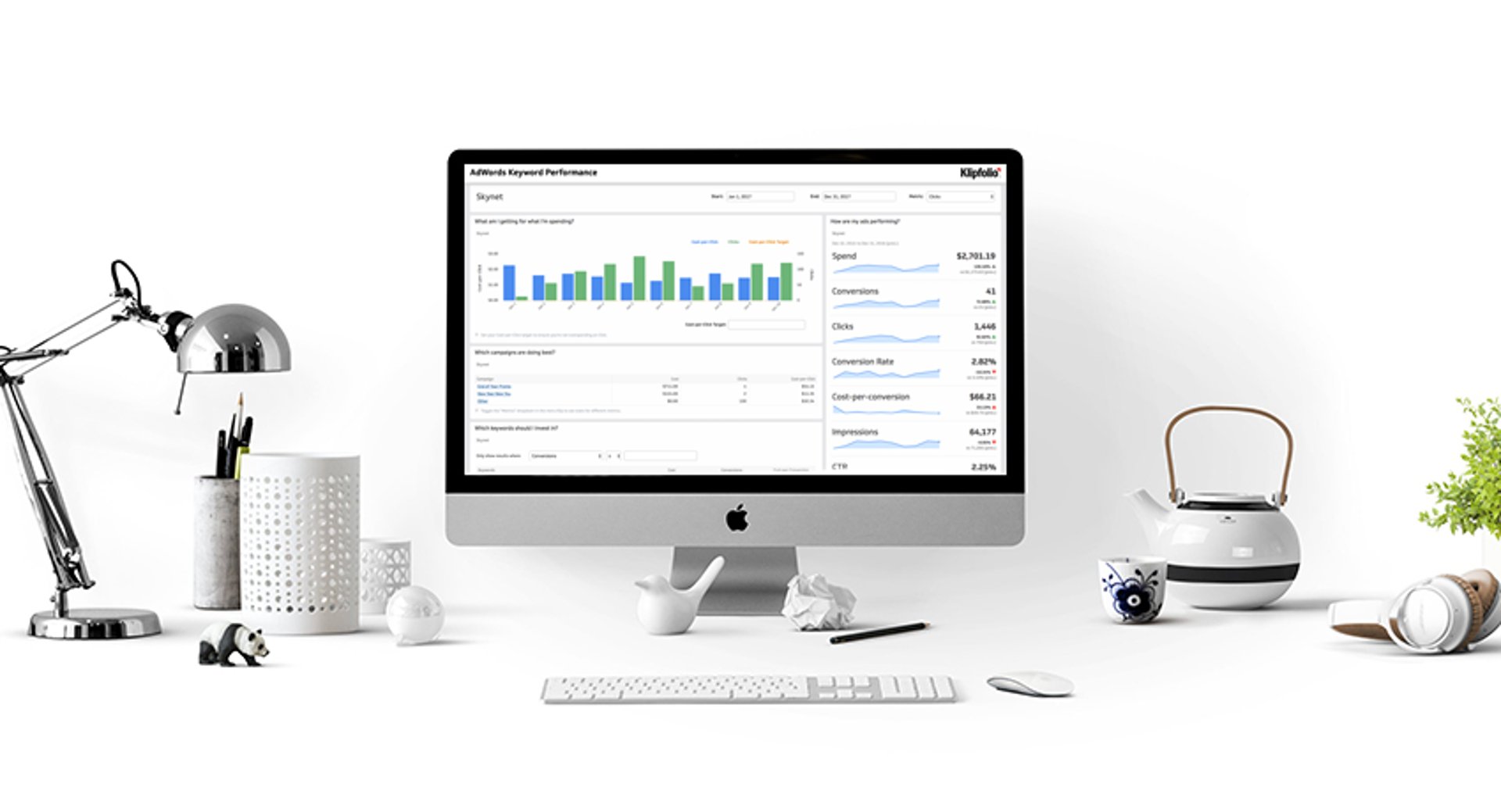
Digital Agency Tracks Return on Ad Spend (ROAS) for Clients with Klipfolio
By Mitch Dupuis — March 16, 2020

Irdeto saves 15 hours of marketing report work per month with Klipfolio
By Mitch Dupuis — February 20, 2020

The marketer's guide to APIs
By Jonathan Taylor — June 28, 2017

10 KPIs to monitor your digital marketing performance
By Emily Hayward — January 18, 2022